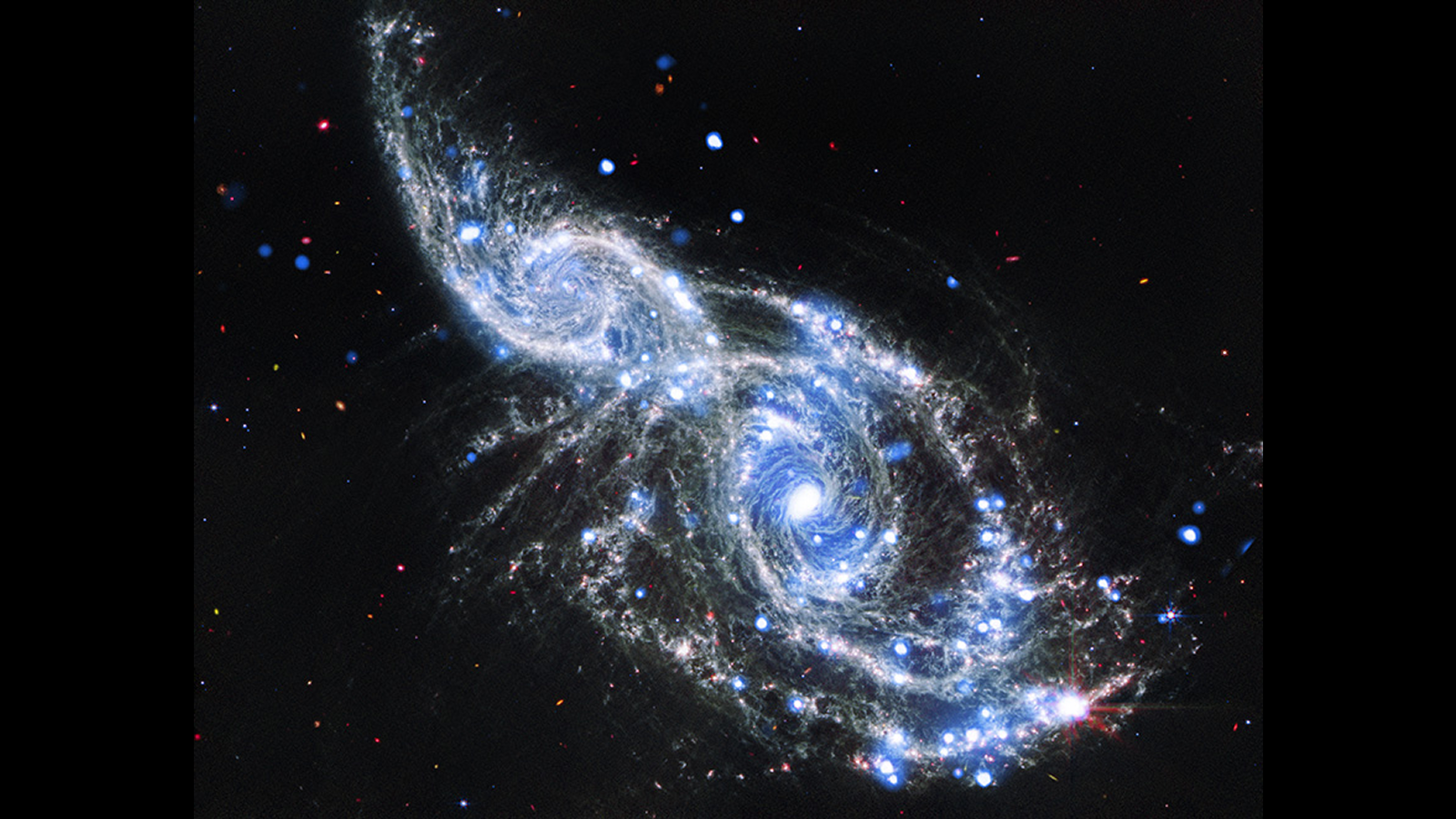Human Deaths from Animal Diseases on the Rise

An estimated 50 million people caught diseases from animals such as dogs, cattle, chickens and mosquitoes between 2000 and 2005, according to a new study. Some 78,000 of them died.
The finding reveals the global urgency for doctors to stay vigilant when it comes to zoonotic illnesses—those transmitted by non-human animals.
By reviewing past studies, virologist Jonathan Heeney of the Biomedical Primate Research Center in The Netherlands found the diseases responsible for the majority of zoonotic illnesses seem to be increasing.
- Rabies (range of host animals such as dogs, cats and horses): killed an estimated 30,000 people
- Dengue Virus (spread by mosquitoes): affected 50 million people and killed around 25,000
- Japanese Encephalitis Virus (spread by mosquitoes): up to 15,000 estimated deaths
- Lassa Fever (spread by a rodent known as the "multimammate rat”): affected up to 300,000 people and killed about 5,000
- SARS Corona virus (host unknown): killed 774 of the 8,102 people infected
What’s worrisome is there are no effective vaccines for some of the most common zoonotic viruses. Heeney said doctors and veterinarians need to work together to tackle this increasing global threat.
Most recently, the bird flu, or H5N1, has garnered public attention for its potential not only to spread from chickens and other birds to humans, but also for the virus to mutate in a way that allows it to spread between humans. During the study period, bird flu killed just over half of the 145 people infected with the virus.
“This comes on the heels of other major zoonotic viral epidemics in the last decade,” Heeney noted in the November issue of the Journal of Internal Medicine. These include severe acute respiratory syndrome (SARS), West-Nile virus, Ebola virus and monkeypox.
An estimated 700,000 to 2.7 million people — 75 percent of them African children— die of malaria each year. However, malaria doesn’t count as a zoonotic disease, because the virus depends on a human host for part of its life cycle.
Get the world’s most fascinating discoveries delivered straight to your inbox.
There has been a global resurgence of Dengue virus, which is transmitted between monkeys in the jungle by the mosquitoes that feed on them. This same cycle could move into urban areas, where the mosquitoes could infect humans. Heeney attributes the rise to growth around large cities, increased transportation and failing public control measures.
Animal viruses like these have the potential to devastate humans. Over time, viruses can develop the needed “machinery” for efficient transmission not only from the animal host to humans, but from human to human. When this happens, Heeney said, zoonotic illnesses can become serious human killers with potential to reach epidemic proportions.
While vaccines have eradicated devastating human diseases, such as smallpox, other related viruses, such as monkeypox, could hit people whose smallpox vaccines have expired.
This animal-human connection can go both ways. For instance, a deadly parasite called Toxoplasma gondii, which causes a food-borne disease in humans, has caused lethal brain damage in California sea otters. Scientists have also reported that a combination of toxic chemicals and human herpes virus causes cancer in California sea lions.
Heeney stressed the importance of doctors in all walks of medicine working together.
"They are in the best position to identify trends and patterns, such as increases in the number of deaths of wild or domestic animals," Heeney said. "Awareness and surveillance of ecosystems will play a key role in identifying and controlling new, emerging and re-emerging viral zoonotics."
Jeanna Bryner is managing editor of Scientific American. Previously she was editor in chief of Live Science and, prior to that, an editor at Scholastic's Science World magazine. Bryner has an English degree from Salisbury University, a master's degree in biogeochemistry and environmental sciences from the University of Maryland and a graduate science journalism degree from New York University. She has worked as a biologist in Florida, where she monitored wetlands and did field surveys for endangered species, including the gorgeous Florida Scrub Jay. She also received an ocean sciences journalism fellowship from the Woods Hole Oceanographic Institution. She is a firm believer that science is for everyone and that just about everything can be viewed through the lens of science.


